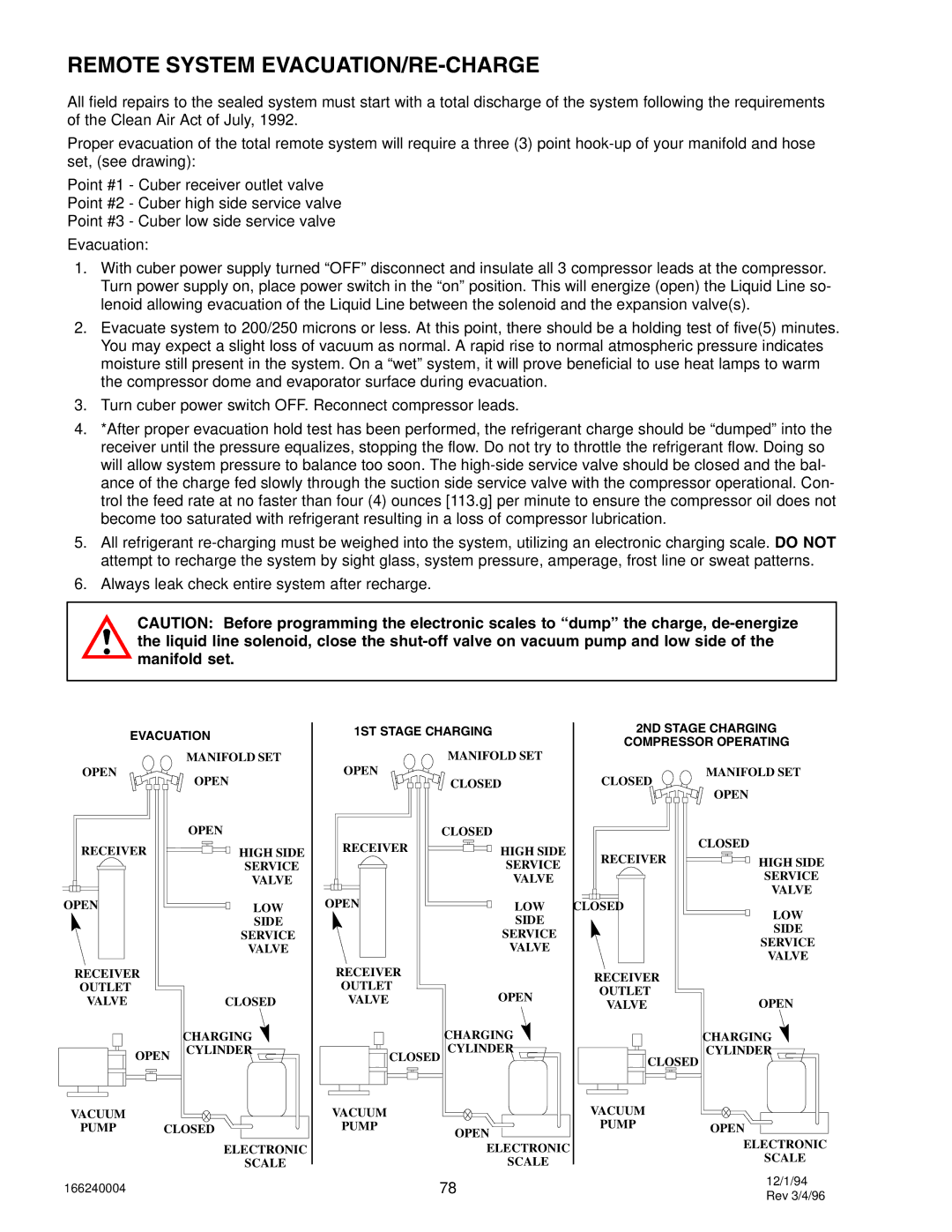IAC530, IWCS227, IWC522, IAC522, IAC330 specifications
Cornelius has established itself as a leader in the field of beverage dispensing systems, and its range of machines, including the IAC 322, IAC 227, CR800, CR1200, and CR1400, showcases advanced technology and user-friendly designs tailored for various commercial environments.The Cornelius IAC 322 is a compact and versatile air-cooled unit designed for high-volume beverage dispensing. It features an efficient refrigeration system that ensures optimal temperature control, providing beverages that are always served at the perfect temperature. Its user-friendly interface allows operators to manage settings easily, and its durable construction ensures longevity in busy environments.
The IAC 227 model is similar in design but is specifically optimized for lower volume settings. With a smaller footprint, it is ideal for cafes and small bars. This model also incorporates energy-efficient technology, minimizing power consumption without compromising performance. The IAC 227 maintains the same commitment to temperature control, ensuring each cup served enhances the customer experience.
Turning to the CR series, the CR800 stands out with its robust build and larger capacity. This unit is designed for establishments needing a reliable dispenser for a variety of carbonated beverages. The CR800's carbonation technology ensures each drink maintains the right level of fizz, contributing to a consistent taste. Its modular design facilitates easy maintenance and upgrades, making it a favorite among operators.
The CR1200 increases capacity, making it suitable for larger venues, including stadiums and large restaurants. This model incorporates advanced monitoring systems that track beverage levels and alert operators when supplies are low. The CR1200 also supports multiple beverage types, allowing for customization based on customer preference while maintaining ease of use.
Lastly, the CR1400 takes it a step further, combining high-capacity dispensing with cutting-edge technology. It features touchscreen controls for intuitive operation and automated cleaning systems that reduce downtime. The CR1400 is designed with a focus on sustainability, using recyclable materials and energy-efficient components to lessen its environmental impact while maintaining premium performance.
Together, the Cornelius IAC and CR series models represent the forefront of beverage dispensing technology, emphasizing efficiency, durability, and customer satisfaction. Whether for a small café or a large arena, these machines provide businesses with the tools they need to serve quality beverages consistently.

